Give generously to your local food bank this holiday season, and make sure you’re giving the stuff they really need.
Thanksgiving rocks. It’s a long holiday weekend to spend with family and friends and a chance to give thanks for a life that’s good. Of course, it’s also a great time to think about helping people who might not have enough to eat by donating to a canned food drive that benefits your local food bank.
Silvia Davi, chief marketing officer of Food Bank For New York City, told BuzzFeed Life that donations to area food banks, which help feed millions of Americans, are more important than ever because of cuts to federal funding of food assistance programs.
Davi adds, “Part of what Food Bank prides itself on is nutrition education and offering healthy foods to those we serve. We welcome food donations low in fat and sodium, high in protein, and rich in all the kinds of good ingredients that you would find in your own homes.”
She stresses that food banks in New York and around the country are looking for healthy options to make sure individuals and families who need assistance are getting nutritious meals, so we asked nutritionists to weigh in on the best foods you can donate. And don’t forget, their tips for making healthy eating choices around the holidays can apply to you too.
100% Juice Drinks
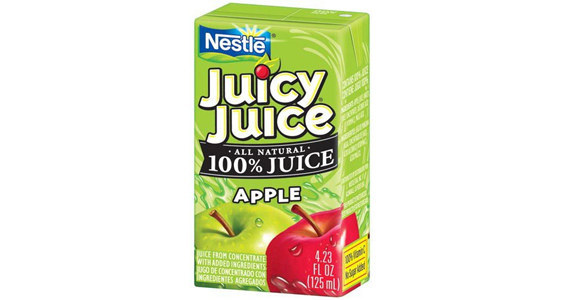
Food banks like to have juices on hand, especially for kids, but juices with high fructose corn syrup can be harmful for kids who are struggling to get proper nutrition. Nutrition consultant Keri Gans, MS, RDN, CDN, told BuzzFeed Life, “As long as it is 100% fruit juice it is a healthy choice,” so just make sure that percentage checks out before you donate.
Holiday Foods

soap.com / yamright.com / kraftbrands.com
Food banks face high traffic around the holidays and need lots of these seasonal staples. Holiday foods aren’t always the most healthy; Gans recommends looking for stuffing mix that’s low in sodium and notes that cranberry sauce and sweet potatoes can be “packed with antioxidants which help strengthen your immune system during cold and flu season.”
Low-Sodium Vegetables

Mixed vegetables are also a good option because they make for more colorful and well-rounded meals. Nutritionist Brooke Alpert, MS, RD, CDN, told BuzzFeed Life, “These are a great donation because of all the vitamins and fiber that vegetables offer!” She recommends anyone using canned vegetables to wash the veggies under cold water to reduce excess sodium, even if the can says “no salt added.”
Canned Tuna, Canned Chicken, and Canned Salmon

Gans and Alpert recommend canned tuna, chicken, and salmon because they’re non-perishable and can be added to many meals for a much-needed protein boost. These are three of the most useful items you can give to a food bank.
Unsalted Nuts

According to Alpert, mixed nuts are a great and highly needed source of protein and vitamins. They tend to be more expensive and hard to keep stocked at food banks, which makes them a welcome donation. Unsalted nuts are the healthiest option for your donation (or your own snacking).
No Sugar Added Fruits
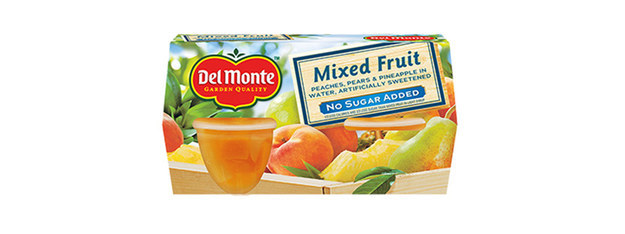
Canned fruits and fruit cups are good snacks for kids, high in Vitamin C and nutrients, and keep well on food bank shelves. Gans recommends donating fruits packed in water or fruit juice rather than heavy syrup.
Shelf-Stable Milk
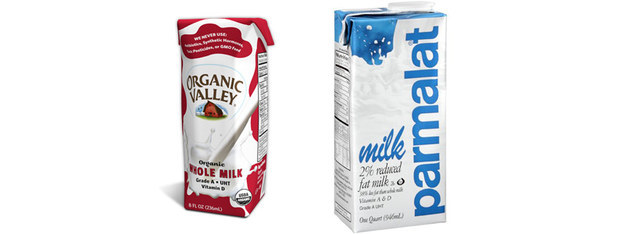
organicvalley.coop / preparedsociety.com
Milk is a great source of calcium and protein, Alpert says, but it’s hard for food banks to buy and manage fresh milk that will go bad in a week or two. Food banks are always in need of shelf-stable and powdered milk that will last a long time.
Whole Grain Pasta
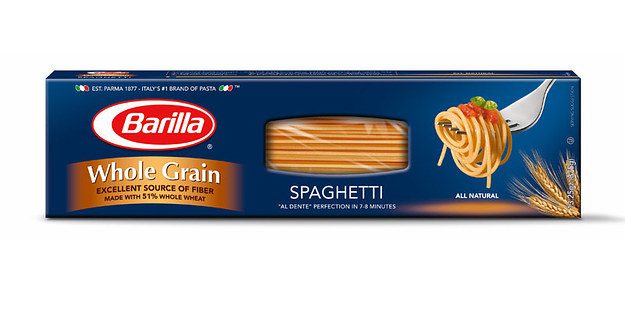
Pasta is a filling non-perishable good that goes a long way, but white pasta doesn’t have a high nutritional value, so try to donate whole grain varieties if you can. Alpert says whole grain pasta is a great way to promote fiber intake. It’s also easy to turn into a meal without too many extra ingredients, so this is a food bank staple.
Canned Beef Stew
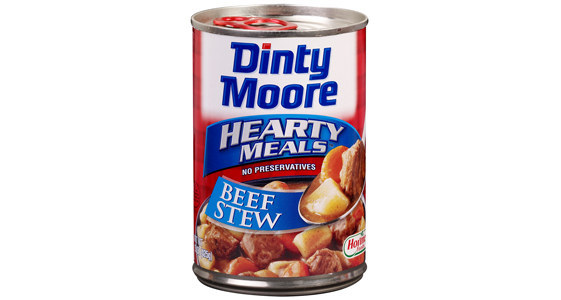
Canned beef stew is an all-purpose, non-perishable good. It’s a warming meal full of meats, veggies, and complex carbohydrates. It’s also really helpful if the can doesn’t require a can opener, like this one. Alpert cautions, however, that canned stews tend to be high in sodium, so be sure to also include more nutritious foods in your donation.
Brown Rice
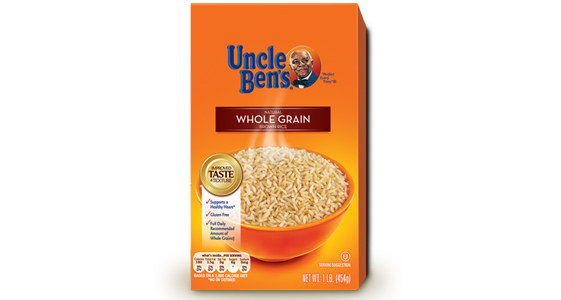
Like whole grain pasta, brown rice is a filling and versatile base for many meals, high in fiber and Vitamin B. Boxed rices like this one are easy to store, easy to distribute, and help make meals go further. Alpert also recommends other easy-to-store grains like quinoa, which is “super high in protein, so it makes a great meal option.”
Oatmeal
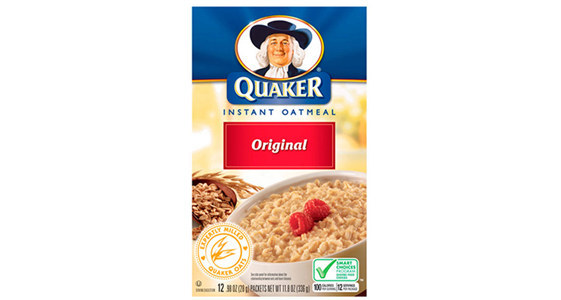
Oatmeal is a healthy and filling breakfast. Because you don’t need a bunch of other ingredients to make oatmeal, it’s a great thing for food banks to keep stocked. “[This is] one of my favorite foods to donate because it is a good source of protein and fiber, leaving one full and satiated for a longer period of time,” Alpert says. “Donate the plain/original flavor to avoid any added sugars. The instant packets are the perfect individual portion size.”
Canola and Olive Oil
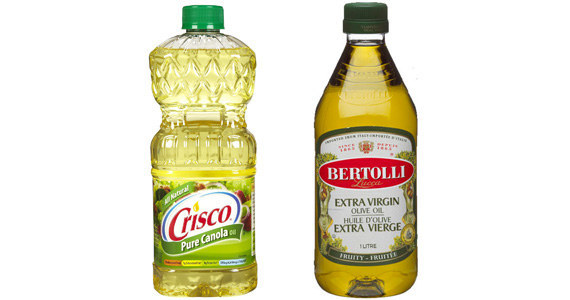
Canola and olive oils are highly sought after by most food banks. Gans and Alpert note that oil is important for cooking, and these oils provide relatively healthy calories thanks to their mono-unsaturated fats. Because oil tends to be on the expensive side, food banks often depend on them being donated.
Peanut Butter
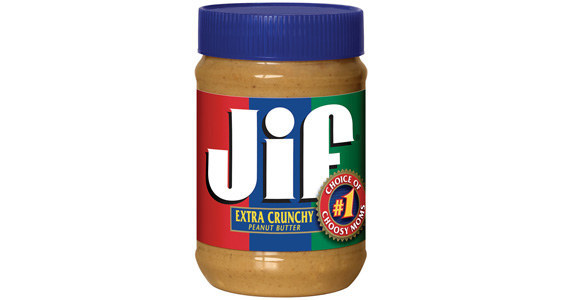
Peanut butter is yet another protein-rich food that’s always in high demand. Just because it’s not in a can doesn’t mean it’s not a great thing to donate to your food drive.
Low-Sodium Soups
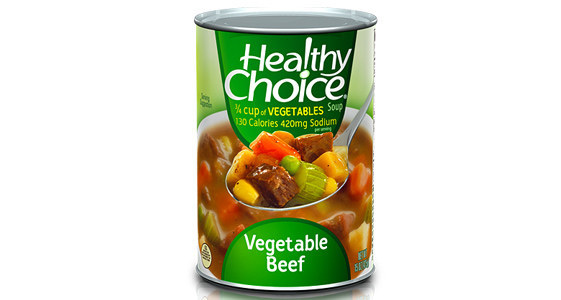
Like stews, soups are a great way to get all of the food groups together in one hearty bowl. Again, most food banks prefer lower-sodium soups to make sure people seeking assistance are getting healthy meals as often as possible. Alpert says it’s best to “choose soups with a lot of vegetables, as they are higher in fiber which will keep one feeling fuller for longer.”
Beans

This is a good high-protein staple that food banks can keep on their shelves for ages. Beans also have the benefits of being filling and maintaining most of their nutrients even when canned. Gans calls them “nutrition powerhouses” full of fiber, protein, and Vitamin B.
Low-Sugar Cereals

Gans and Alpert recommend cereals like Cheerios and Fiber One. These are good donations to food banks because they’re high in healthy whole grains and low in sugar, with only about 1 g per serving.
Granola Bars and Popcorn

kindsnacks.com / smartbalance.com
Food banks are always looking for healthy snacks to give out, especially to families with kids. Granola bars are a good choice because they keep well and they’re healthy, as long as you choose brands that aren’t packed with sugar. Gans also recommends popcorn, which is a filling, whole grain snack.

















